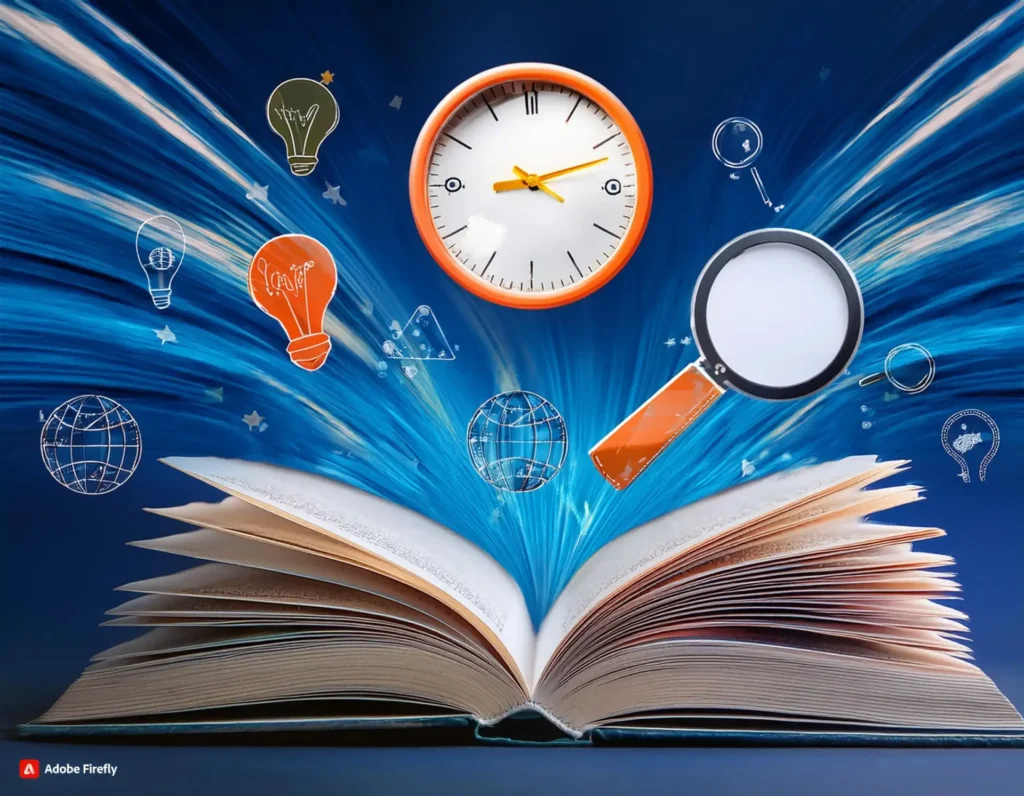Reading is a vital skill that shapes our understanding and interaction with the world. However, many struggle with reading speed and comprehension. This article will explore effective techniques to enhance your reading skills, enabling you to read faster and retain more information.
Understanding the Importance of Reading
Reading is not just an academic exercise; it is a fundamental skill for personal and professional growth. The saying “leaders are readers” holds true, as reading expands knowledge, improves focus, and sharpens critical thinking. Yet, many people find themselves stuck in a cycle of slow reading, leading to frustration and disengagement.
To break this cycle, it is essential to understand that reading is a skill—one that can be improved with practice and the right techniques. By implementing effective strategies, you can transform your reading habits and enhance your overall comprehension.
Common Myths About Reading
Before diving into techniques for faster reading, it’s crucial to dispel some myths that may hinder your progress.
- Myth 1: Slow reading equals better understanding. Many believe that reading slowly improves comprehension, but studies show that faster readers often have better retention of information.
- Myth 2: Lack of focus is unavoidable. While distractions can impede reading, increasing speed can actually enhance focus, making it easier to absorb information.
- Myth 3: Subvocalization is necessary for comprehension. Most people read by pronouncing words in their minds. However, this restricts reading speed to speaking speed, which is slower than our thinking speed.
Key Obstacles to Effective Reading
Understanding the obstacles to effective reading can help in addressing them. Here are three primary challenges:
Lack of Skill
Many individuals do not practice reading regularly, leading to stagnation in their reading abilities. Most formal education on reading occurs at a young age, and few revisit these skills later in life.
Lack of Focus
When reading slowly, the mind tends to wander. This lack of engagement can lead to fatigue and distraction, making it hard to continue reading. Speeding up can help maintain focus, as the brain seeks to keep up with the pace.
Subvocalization
Subvocalization refers to the internal voice that many people use while reading. Unfortunately, this habit limits reading speed to speaking speed. By reducing subvocalization, readers can significantly increase their pace without sacrificing comprehension.
Techniques to Improve Reading Speed and Comprehension
Now that we have identified the myths and obstacles, let’s explore practical techniques that can help improve your reading speed and comprehension.
1. Establish a Baseline
Before implementing new techniques, it is helpful to know your current reading speed. To do this:
- Choose a passage and time yourself reading for 60 seconds.
- Count the number of lines you read in that minute.
2. Use a Visual Pacer
A visual pacer can be a pen, finger, or highlighter that guides your eyes across the page. This technique helps maintain focus and encourages faster reading. Here’s how to do it:
- As you read, move your finger or pen along the line of text.
- Focus on the motion rather than the words, allowing your eyes to follow.
3. Avoid Regression
Many readers have a habit of going back to reread lines, which can slow down the reading process. To combat this:
- Commit to reading straight through the text without going back.
- Use your visual pacer to keep your eyes moving forward.
4. Practice Speed Reading Exercises
Engaging in speed reading exercises can significantly enhance your reading skills over time. Here are some exercises to try:
- Set aside time each day to practice reading at a faster pace than usual.
- Challenge yourself with complex texts to improve comprehension under pressure.
5. Focus on Keywords
Instead of trying to read every word, focus on keywords that convey the main ideas. This technique allows for faster reading while still grasping the essential concepts.
The Benefits of Reading Faster
Increasing your reading speed offers numerous benefits beyond just saving time. Some of these advantages include:
- Improved Comprehension: Faster readers often have better comprehension due to heightened focus.
- Enhanced Retention: Techniques that promote speed also aid in retaining key information.
- Greater Efficiency: Reading faster allows for more time to absorb and process information.
Real-World Applications of Faster Reading
The ability to read quickly and effectively has significant implications in various professional fields. For instance:
- Medical Professionals: Doctors and nurses need to read and comprehend medical literature quickly to provide the best care.
- Legal Experts: Lawyers must analyze large volumes of text efficiently to prepare for cases.
- Business Leaders: Executives benefit from reading reports and studies rapidly to make informed decisions.
Conclusion
Improving reading speed and comprehension is a valuable skill that can lead to greater productivity and understanding. By debunking myths, recognizing obstacles, and employing effective techniques, anyone can enhance their reading abilities. With practice, you can transform your reading habits, allowing you to absorb more information in less time. Start today, and unlock the true potential of your reading skills!



